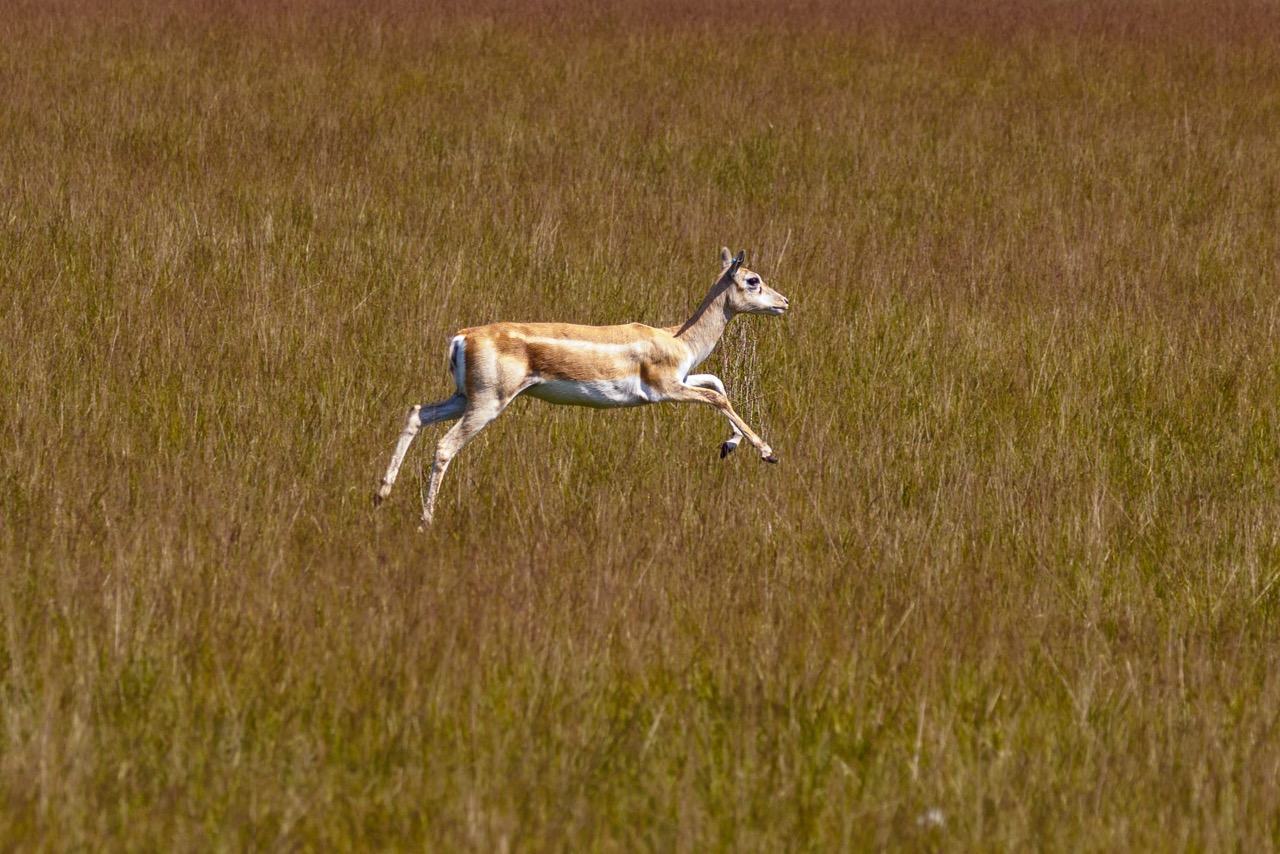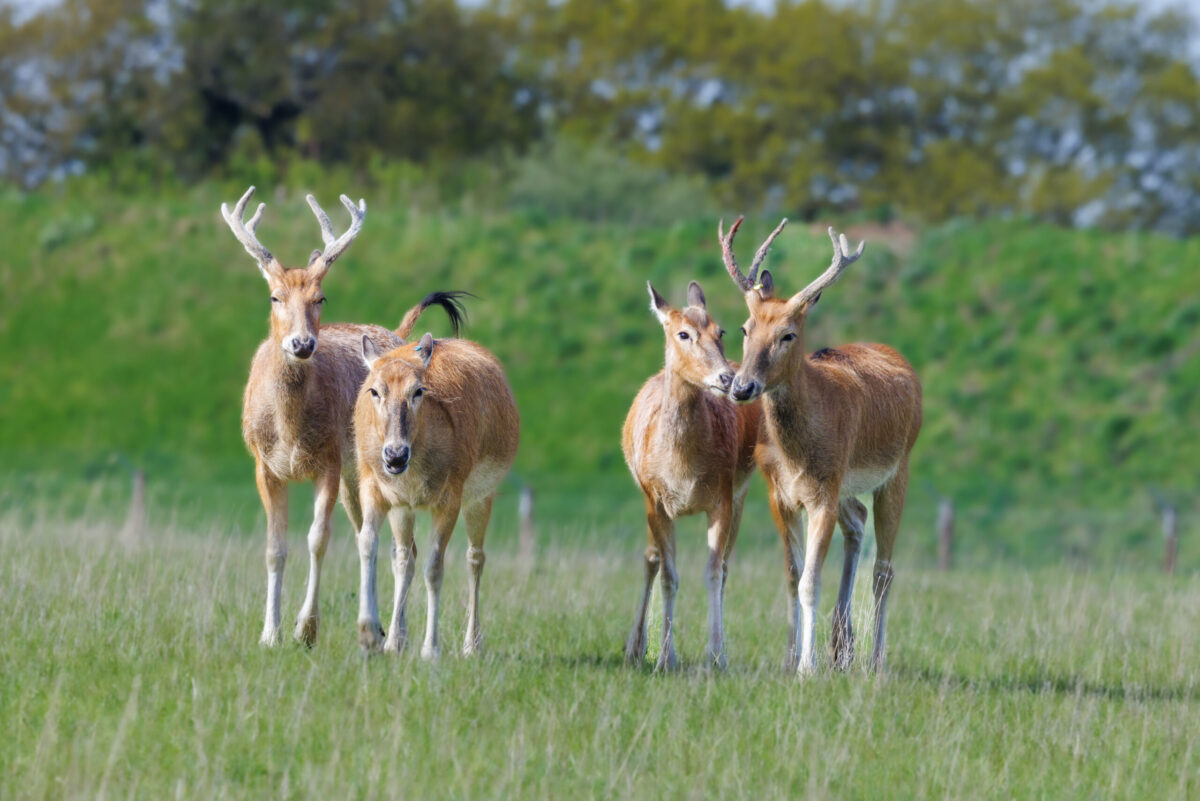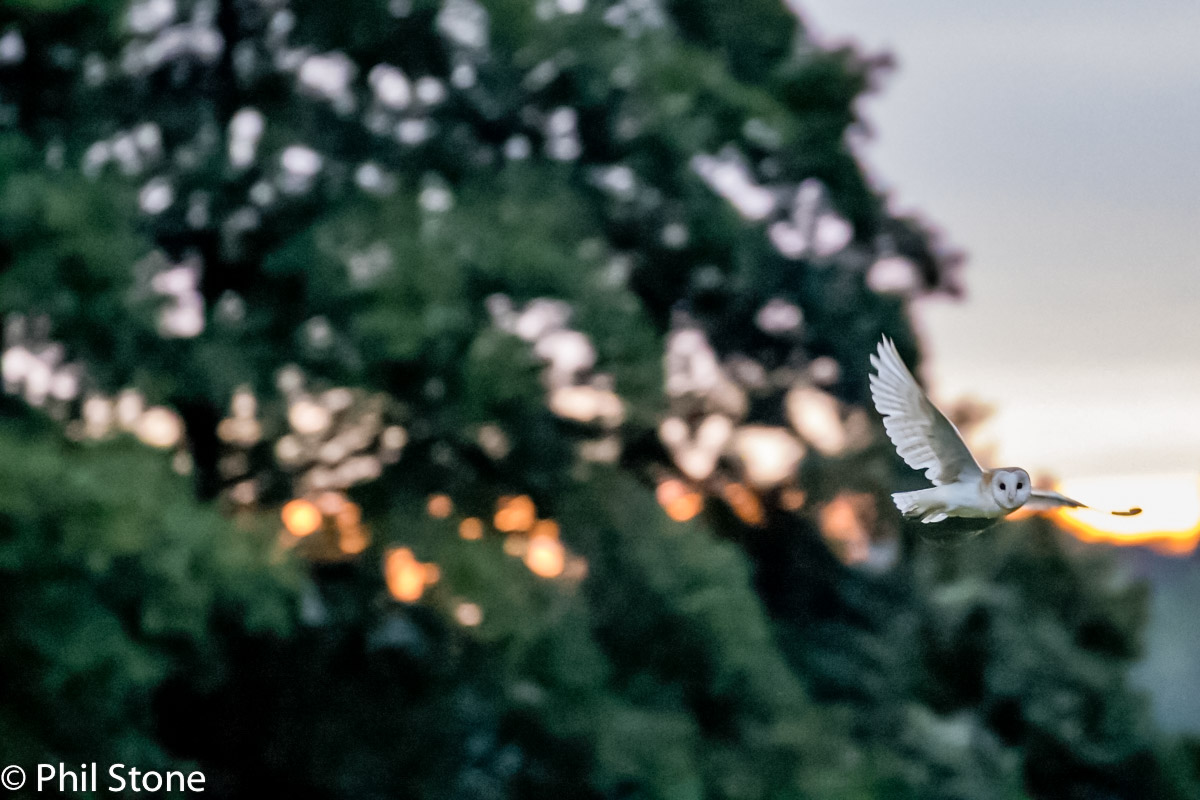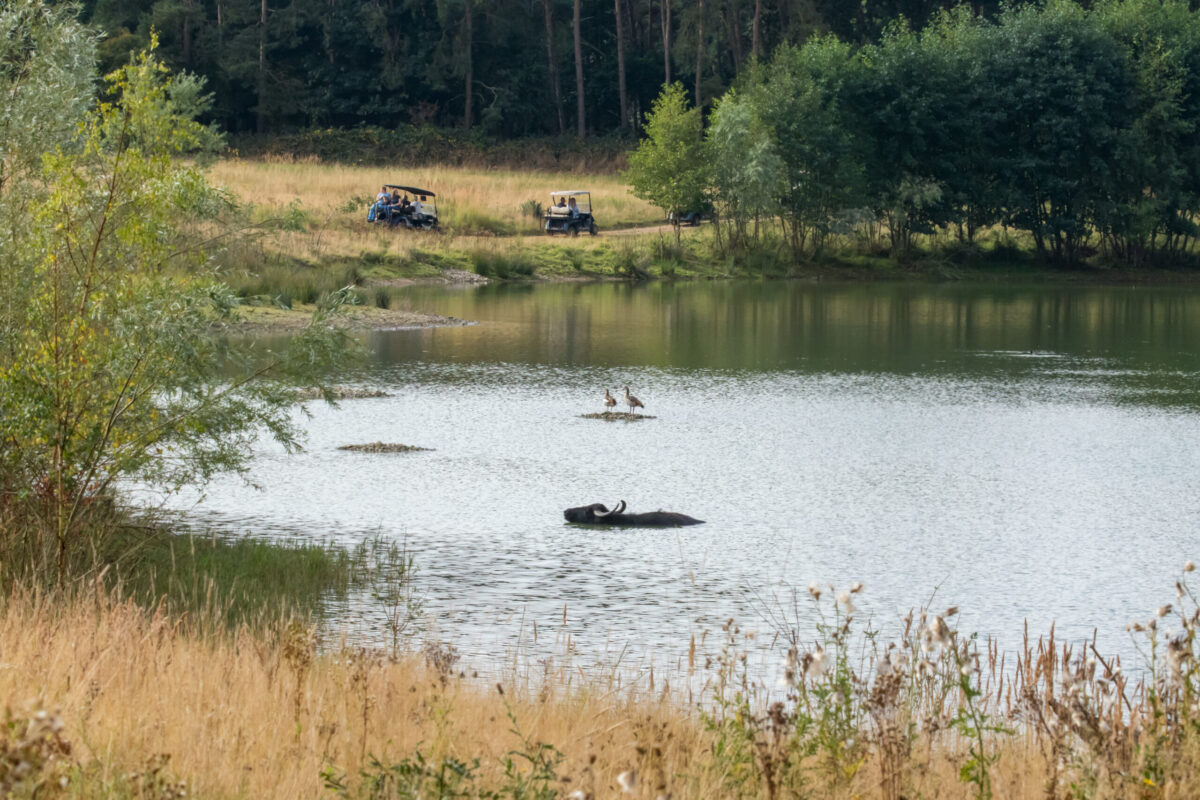A paradise for wildlife photography
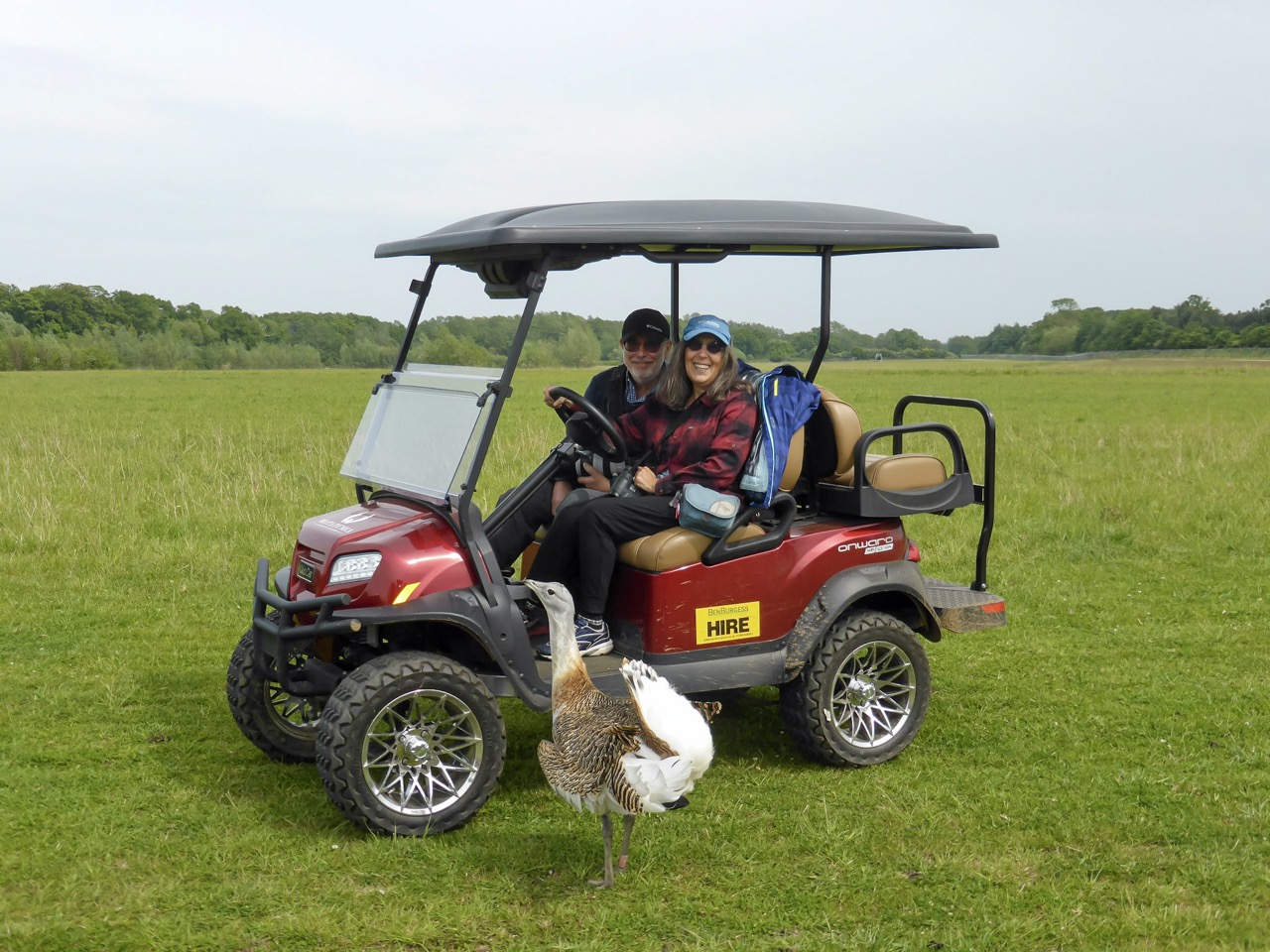
“Diana and I are wildlife observers and serious hobbyist photographers. Since Autumn 2020 we have stayed at the Watatunga safari stay lodges on 11 different occasions, over 68 days in all. To say that we love being there is a huge understatement. We take full advantage of the self-drive electric buggy which is available during daylight hours for guests staying in the lodges. We go out on the reserve two or three times a day, subject to the weather and our energy levels. Our goal each time is to find and then take different and better photos of the many animals and bird species. So far we have over 2000 “keeper” photos, many of which have appeared on Watatunga’s Facebook page and its other social media pages.
We operate very well as a team, bringing our different strengths. Diana is the spotter and I take the photographs. We often visualise together the photographs we hope to take, and then we manoeuvre the buggy into position noting the sunlight’s direction and the subject’s position against the natural and sometimes the man-made background. We try to avoid the latter whenever possible.
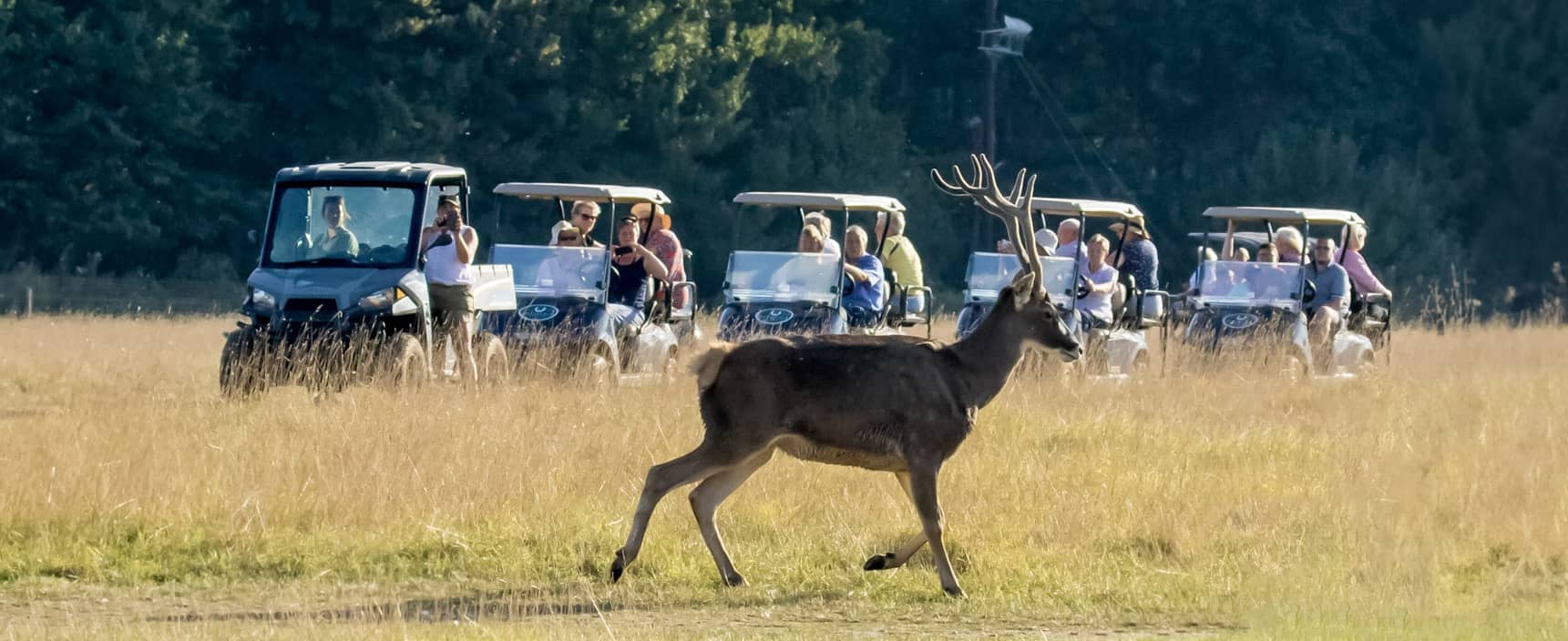
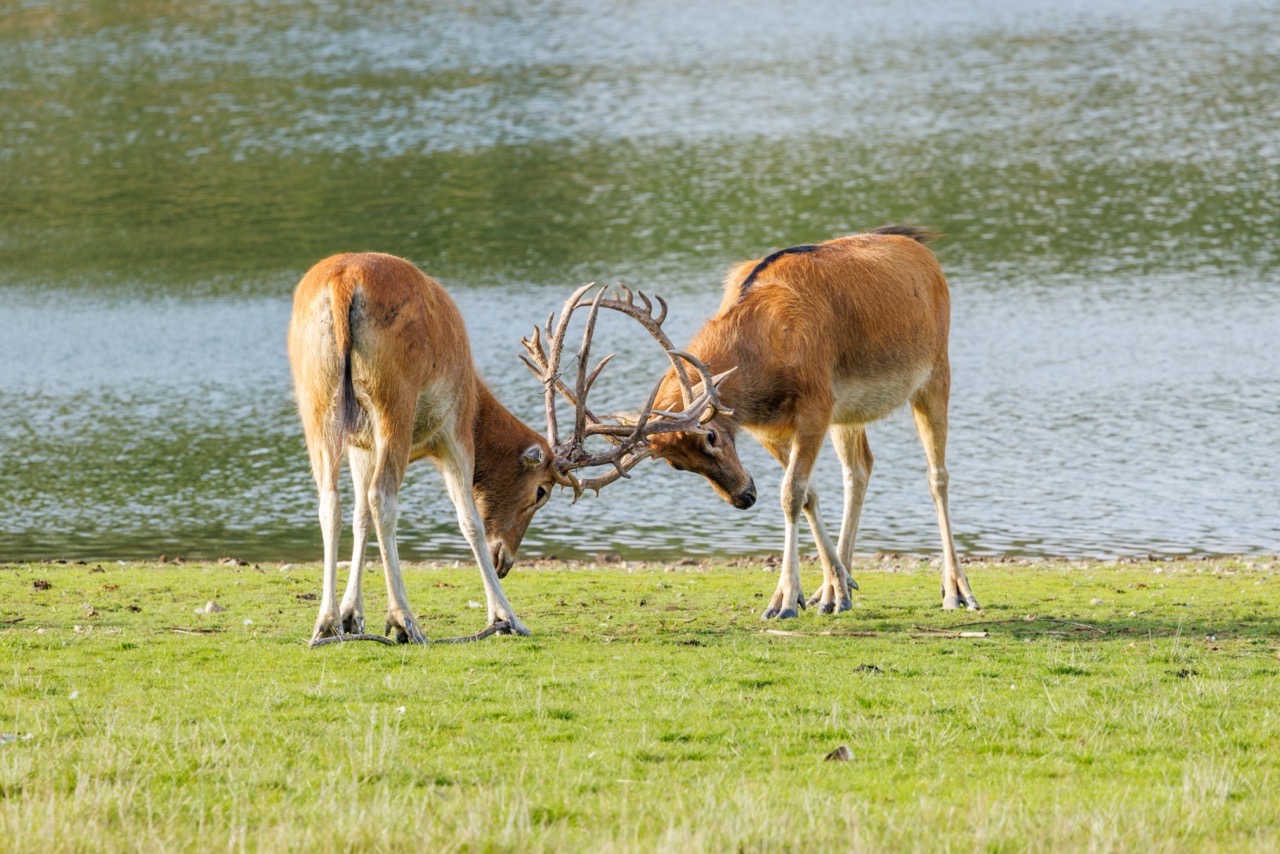
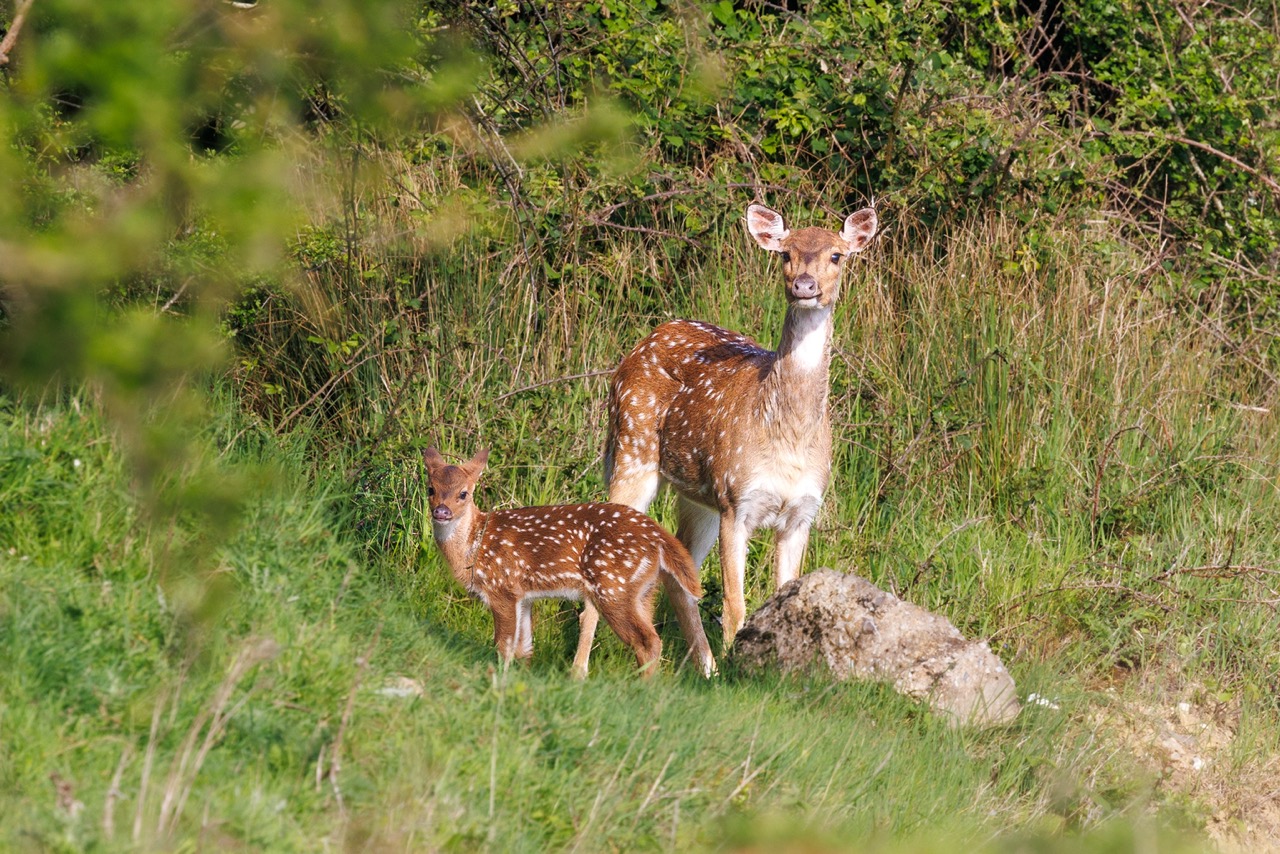
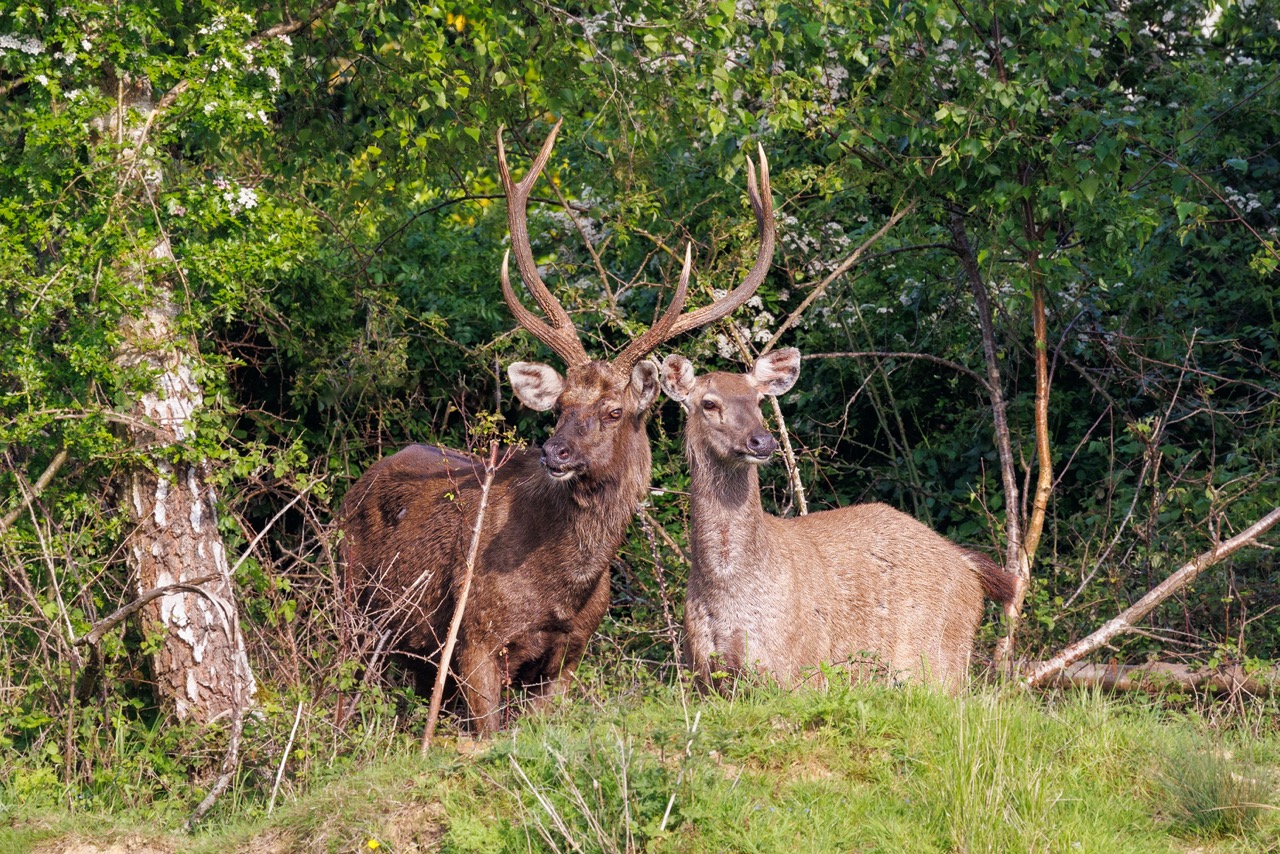
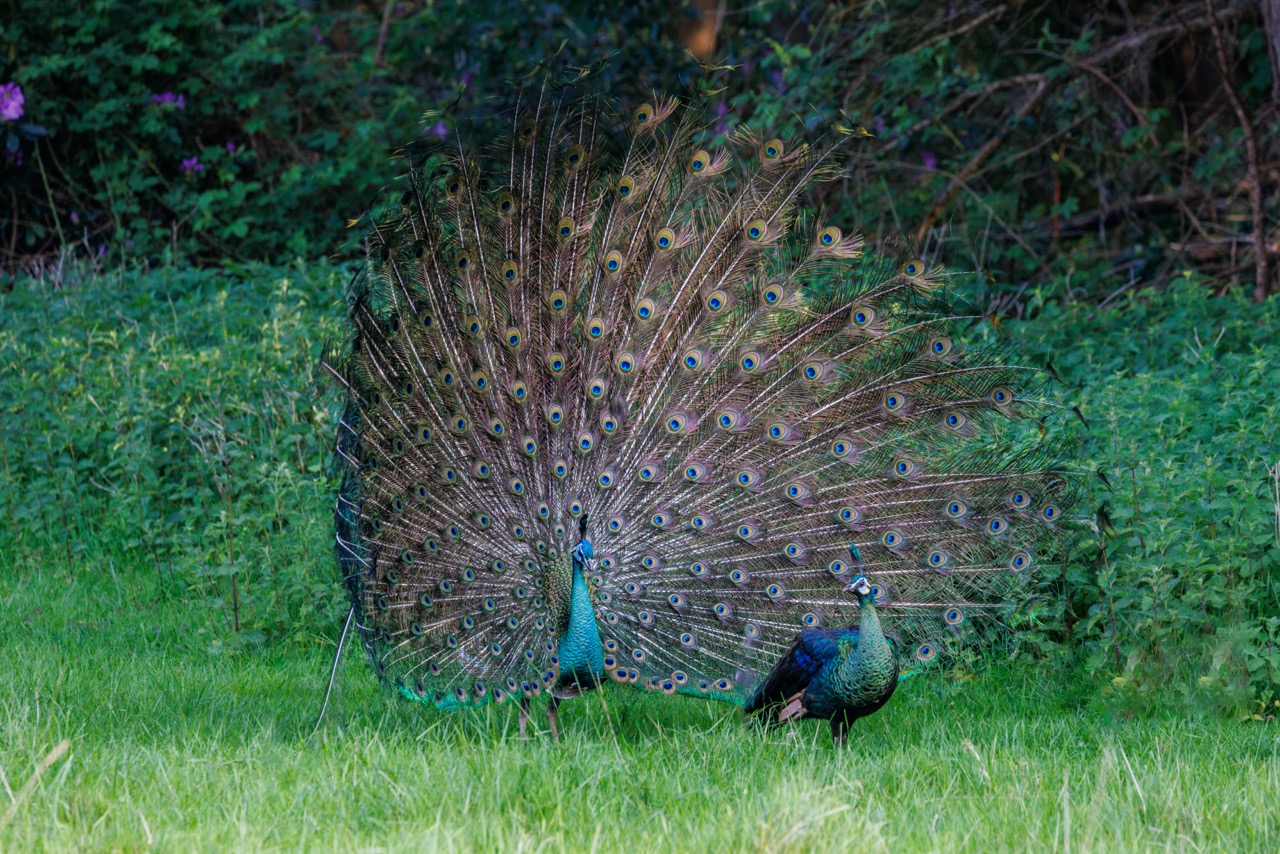
Every season has its highlights at Watatunga – there is no best time of year to visit. In the spring we see baby animals and birds. It’s also lovely to see the blooming rhododendrons and foxgloves. In the summer lots of the animals like to cool off in the lakes, and in the autumn there is an abundance of ducks and birds on the lakes. In the winter, when the trees have lost their leaves, it is much easier to see the male ungulates with their huge, impressive antler stacks.
All year round we see so many different endangered and vulnerable species. We feel very privileged, and excited, to spend time with all these animals and birds, especially if we know that we are the only people there. During our visits we have been very fortunate to see a Javan Peacock in full display, and a wild Barn Owl collecting food for its owlets. We love seeing the Great Bustards too. The male’s display is very impressive and can often be seen. Also wild around the area, and frequently seen over the reserve, are Red Kites, Hawks and Kestrels.
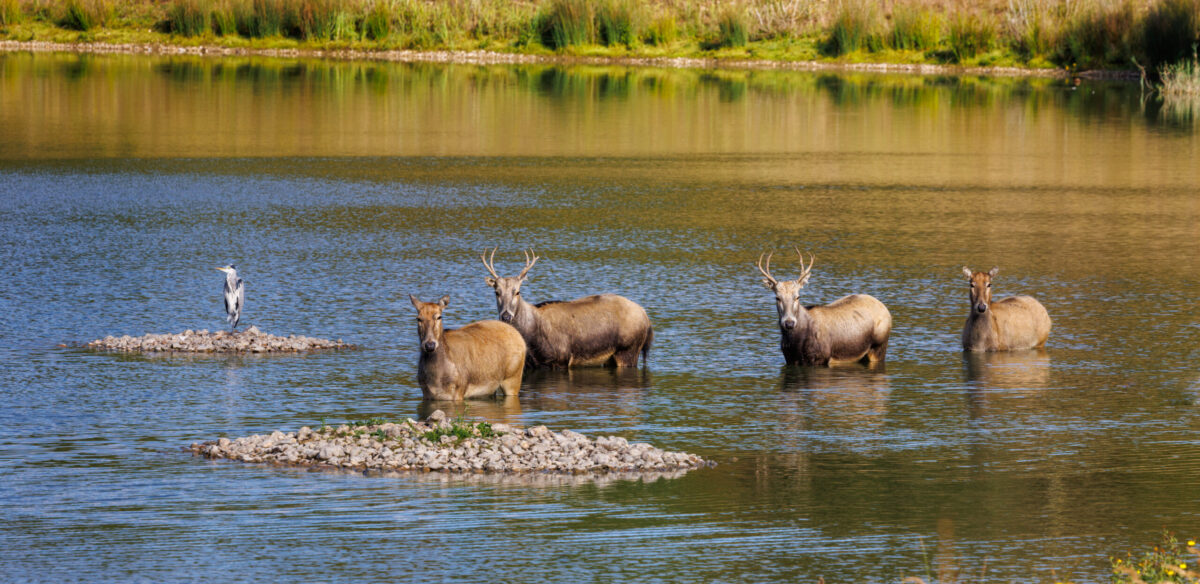
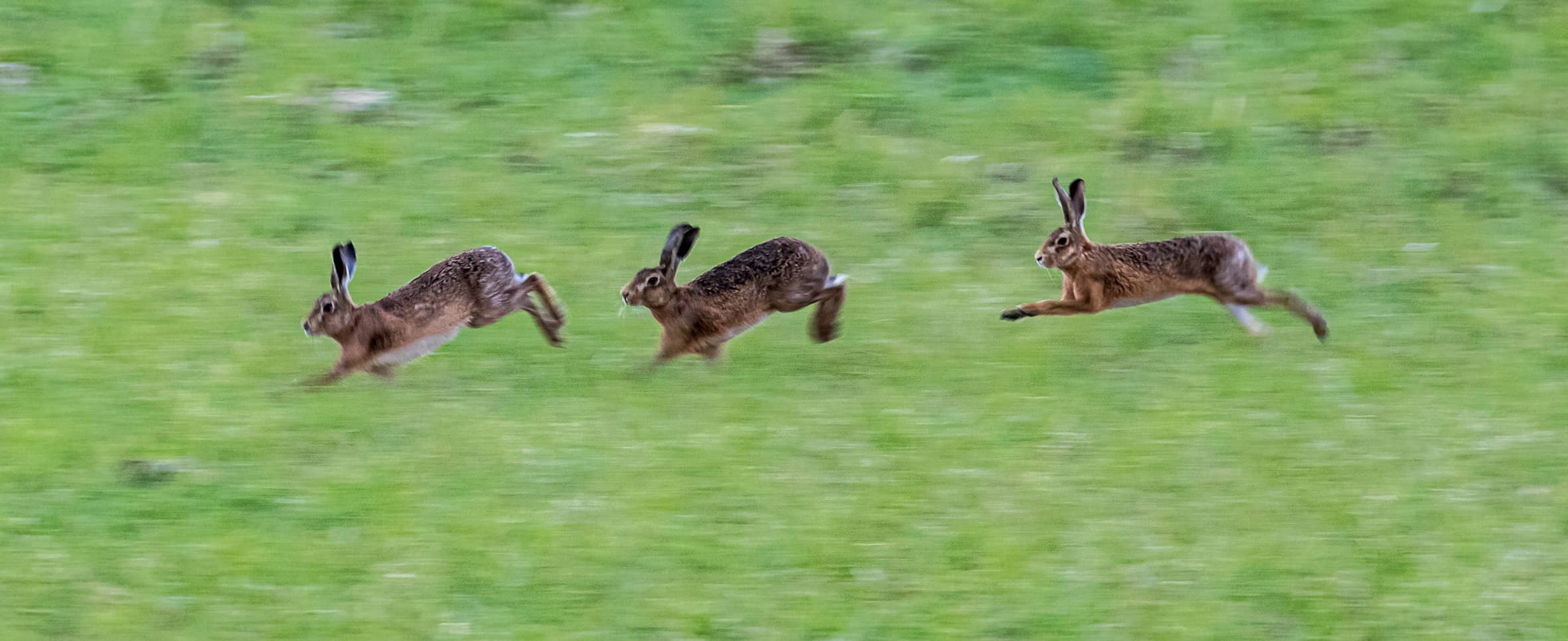
Watatunga is set in 170 acres of woodland, grassland and lakes. With such an extensive and diverse area each of our buggy tours is different but they generally follow a pattern of searching, locating, observing and photographing, coupled with a great deal of patience and determination. Typically we go on a circular route, stopping at the end of the closest lake to the reserve gates to see which animals are there, then moving from one paddock to the next, then back-and-forth through the woods, visiting the other lake, to more paddocks and then back towards the gates. We usually do two full drives around each time we go out in the reserve. Along the way we often find the ungulates and birds in the open, but we also look very closely at and behind the trees in the areas where the buggy cannot go, to see if we can spot any of the shy species such as the Axis and Sika Deer, the Sitatunga and the Bongo. Some of these we might only see once or twice in a whole week.
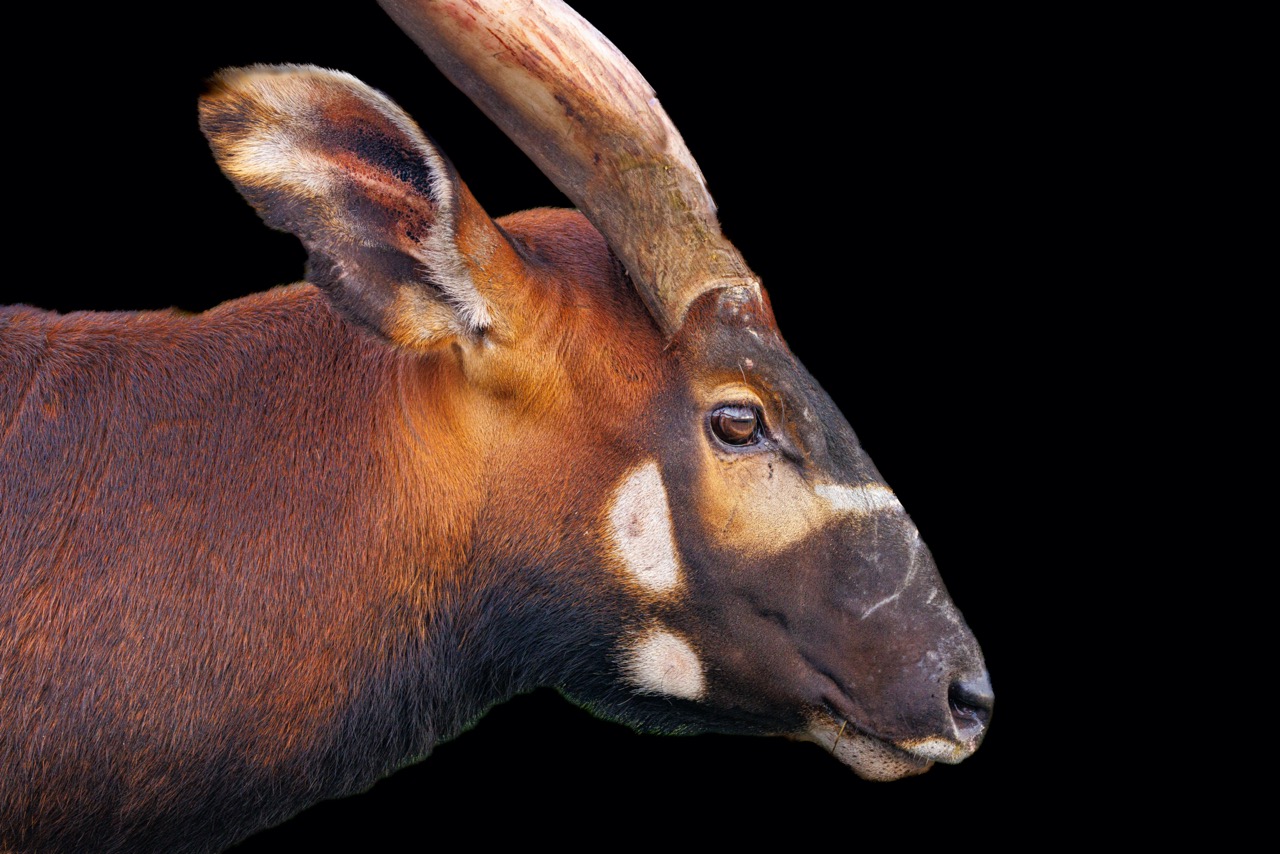
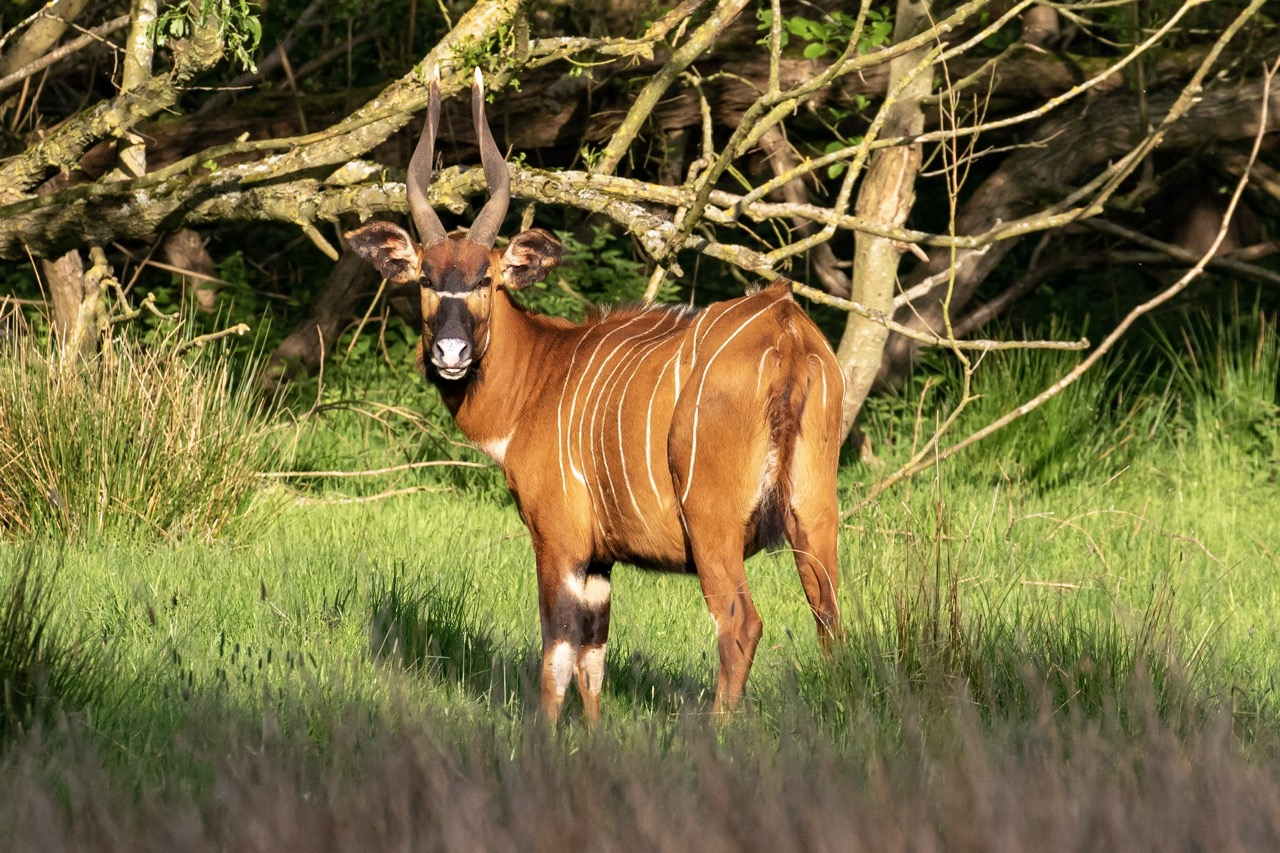
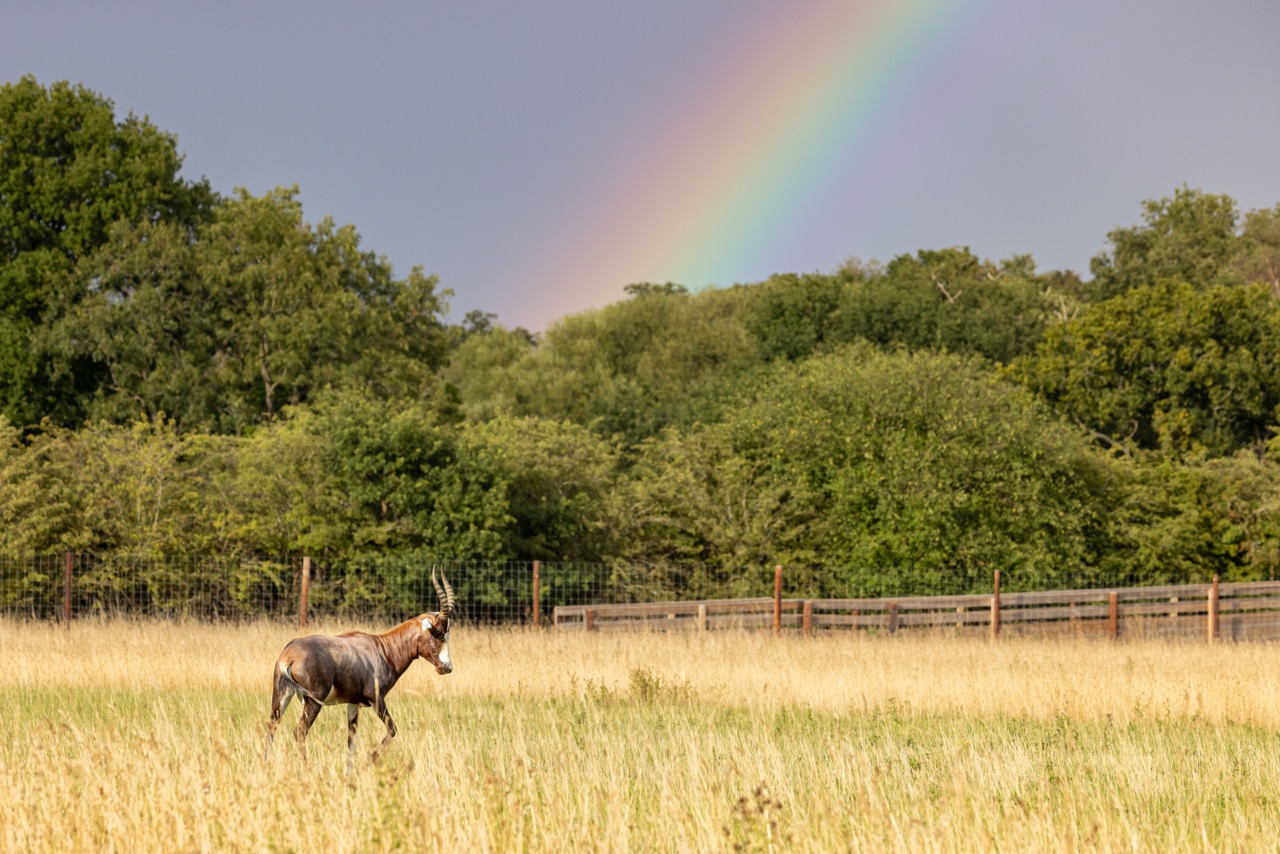
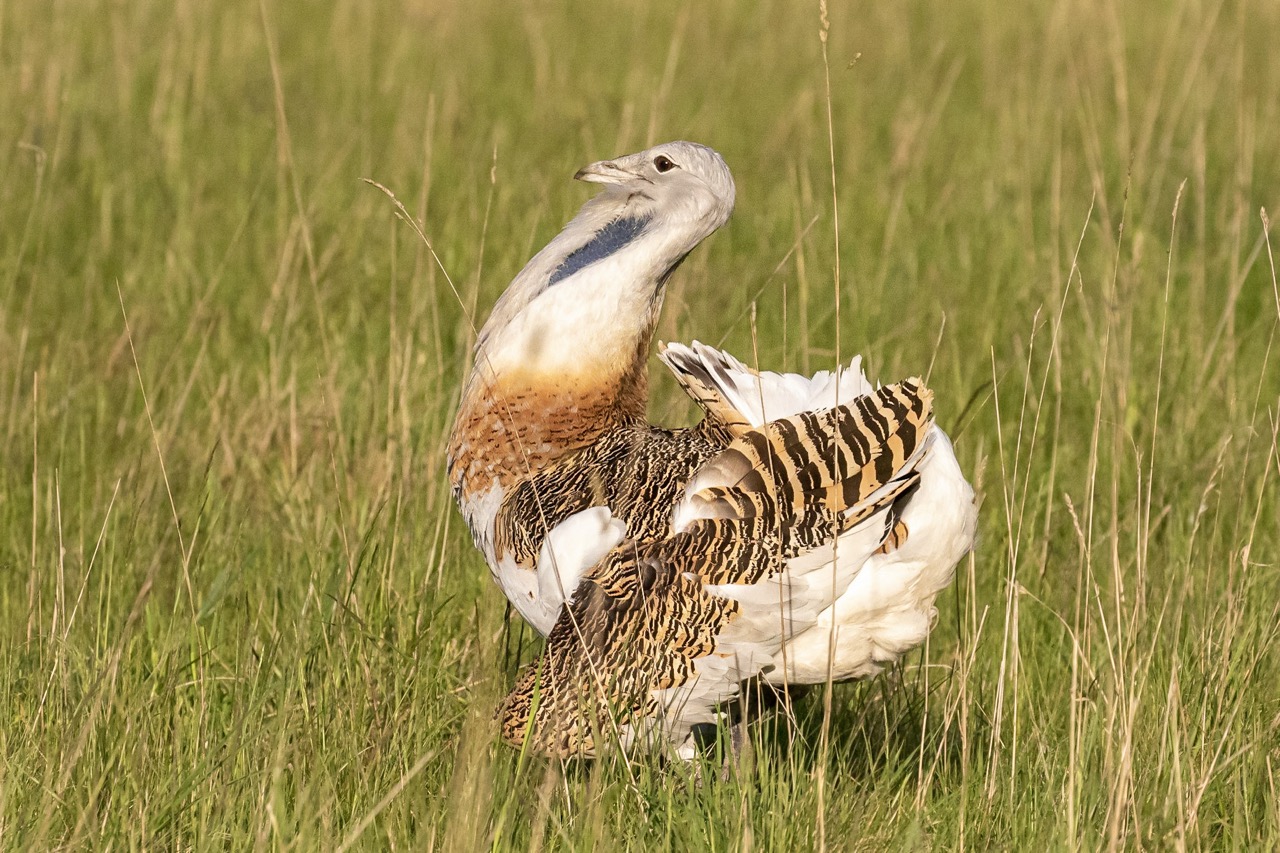
My photographic gear for Watatunga includes a full-frame mirrorless camera with a 100-500mm lens which I sometime use with a 1.4x converter. Over 98% of my Watatunga photos are taken using this lens. I also use an “old” DSLR with a short zoom lens for close-up photographs but it is rarely out of the bag. I only hand-hold my camera because using a tripod in the buggy is not at all practical. However, the top-half of the buggy’s windscreen folds down giving an unobscured view, and a handy ledge on which to rest the camera and lens when shooting for long periods, or when waiting for the subjects to take their place in the visualised photographs. The buggy also has a USB-port so camera batteries can be charged with a USB charger whilst out on the reserve which is useful. I always take a rain jacket for the camera and lens so that I can keep shooting even if it starts to rain. I shoot in manual mode almost exclusively to get well-exposed photographs, essential for low-light photography especially late in the day.
If you would like the opportunity to see and take fantastic photographs of the animals and birds at Watatunga I strongly recommend that you book a stay at one of the lodges. You will not regret it.”
With many thanks to Phil and Diana Stone for this wonderful account of their stays at Watatunga and for the fabulous photos that they share with us. To see options for Watatunga’s safari stays, please visit our accommodation page here.
